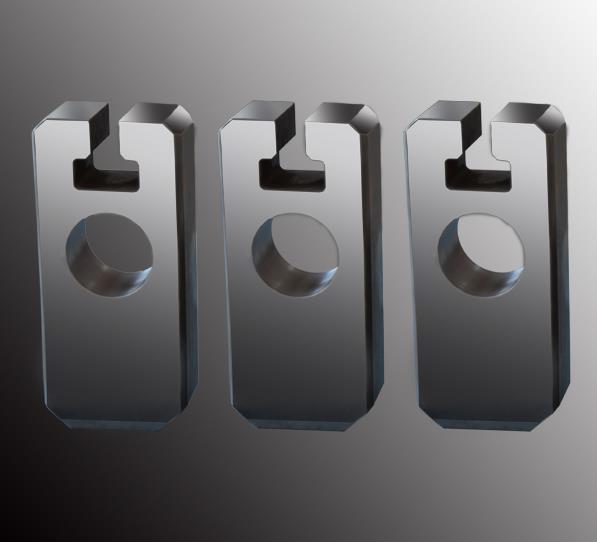

Whether it is a mechanical part or a metal component, the most prominent problem is surface wear or corrosion or both. Below, the supersonic spraying manufacturer will introduce the scope of application of thermal spraying processing technology!
1. Wear resistance: Thermal spray processing technology is widely used in high temperature and low temperature applications. These coatings are divided into the following categories:
1. Adhesive wear or scratch resistance: When two surfaces slide relative to each other, and debris sticks from one surface to the other, adhesive wear or scratches occur. Dedicated typical coatings are cobalt-based tungsten carbide, nickel-chromium/chromium-carbide coatings.
2. Abrasive wear: Abrasive wear occurs when a harder surface slides over a softer surface and there is wear between the two surfaces. Abrasive wear also occurs when fibers and filaments pass over the surface at high speed. Proprietary typical coatings are cobalt-based nickel-chromium alloys, self-fluxing alloys mixed with molybdenum, and chromium oxide coatings.
3. Resistance to fretting wear: Repeated loading and unloading produces cyclic stress that leads to surface cracking and large-area shedding. Dedicated typical coatings are alumina/titania coatings.
4. Cavitation wear resistance: liquid flow produces mechanical impact on the surface. A dedicated typical coating is an aluminium bronze coating.
5. Erosion wear resistance: Erosion wear occurs when particles carried by gas or liquid impact the surface at high speed. Dedicated typical coatings are alumina/titania, alumina coatings.

2. High temperature resistance and oxidation resistance: This kind of coating resists chemical or physical decomposition and improves the high temperature performance of the parts. Such coatings are divided into the following categories:
1. Thermal Barrier Coating: Acts as a thermal barrier between the part and the high temperature environment. A typical coating is a zirconia coating stabilized with yttria.
2. Anti-oxidation coating at high temperature: protect the substrate against high temperature oxidation. Typical coatings are nickel/chromium coatings.
3. Heat-resistant corrosion coating: protect the substrate exposed to hot corrosive gas. Typical coatings are nickel/chromium coatings.
3. Anti-corrosion coating: It is more complicated to choose this type of coating, because the parts are in service state, the ambient temperature and various media have certain requirements for coating materials. Generally, cobalt-based alloys, nickel-based alloys and oxide ceramics are used. As a coating material, by improving the compactness of the coating, the penetration of the corrosive medium is blocked; the oxidation/reduction potential of the coating material and the base material of the part is reasonably selected to prevent electrochemical corrosion, and a sealing agent that inhibits corrosion is applied.
4. Conductive coating or insulating coating: This type of coating is divided into the following categories:
1. Conductive coating: The special typical coating is copper coating.
2. Insulation coating: The special typical coating is alumina coating.
3. Shielding coating: The typical coating for anti-electromagnetic interference (EMI) or high frequency interference (RFI) is copper coating.
5. Recovery size coating: This type of coating is mainly used to repair parts that are out of tolerance due to wear or processing. The choice of coating material mainly depends on the application requirements of the part.
Hot information

